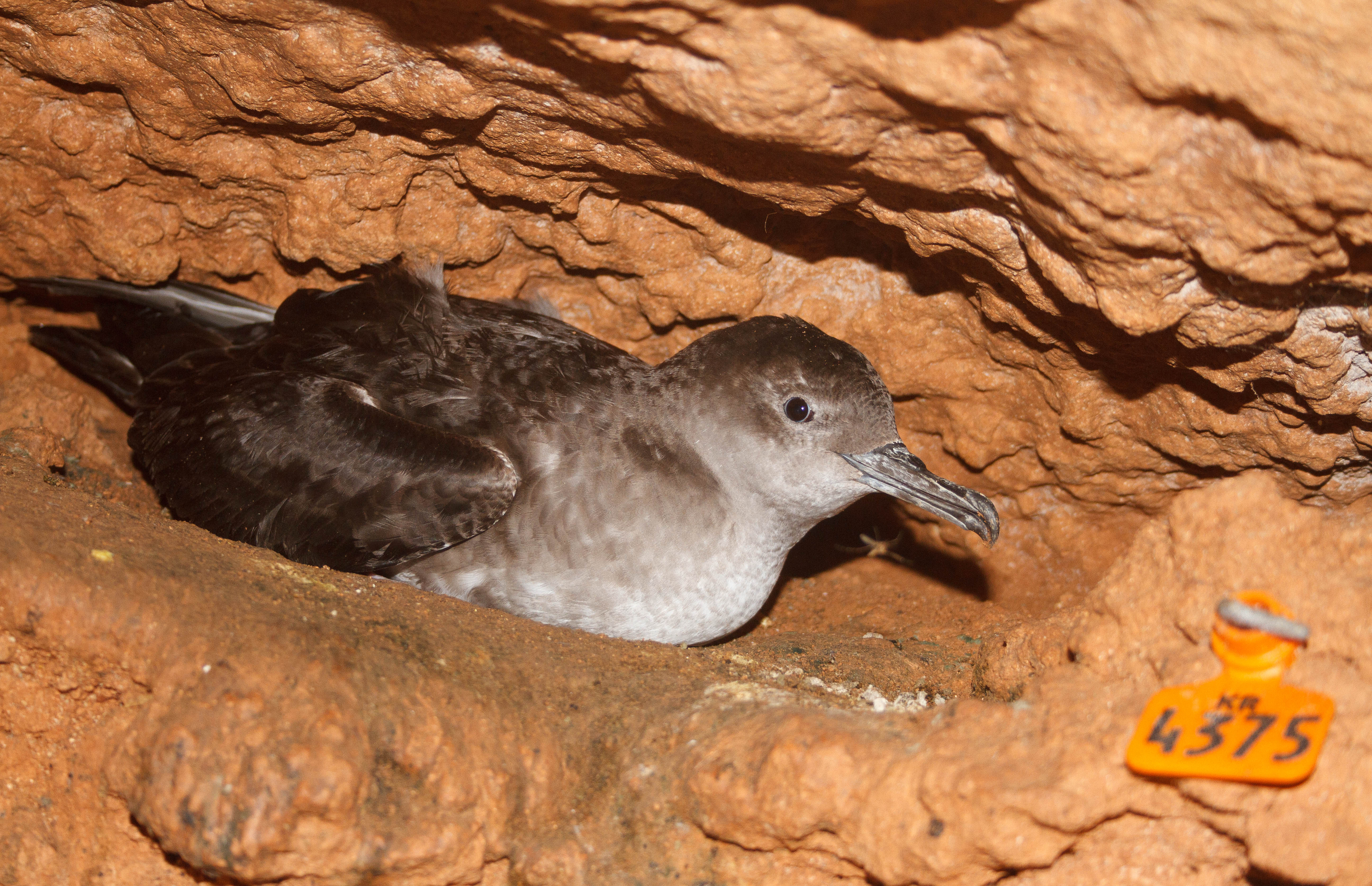
Balearic Shearwater at sea, photograph by Pep Arcos
Andrés de la Cruz (University Institute of Marine Research, Cádiz University, Spain) and colleagues have published in the journal Aquatic Conservation: Marine and Freshwater Ecosystems on using spatial modelling as a tool to define the at-sea distribution of Critically Endangered Balearic Shearwaters Puffinus mauretanicus in the Gulf of Cádiz.
“1. Spatial modelling is an important research tool to improve our knowledge about the distribution of wildlife in the ocean. Using different modelling techniques (MaxEnt and a generalized linear mixed model), a predictive habitat suitability model was developed for one of the most threatened seabirds in the world: the Balearic shearwater, Puffinus mauretanicus.
2. Models were developed using a 10-year dataset from the Gulf of Cádiz (on the south-western Iberian Peninsula), a key foraging area for Balearic shearwaters during migration and the non-breeding season.
3. Predictive habitat maps strongly matched the observed distribution patterns, pointing to bathymetric features as the main modelling drivers. The species was concentrated on shallow areas (up to approximately 100 m in depth) of the continental shelf, very close to the mouth of the Guadalquivir River. In contrast with previous studies, Balearic shearwater distribution in the highly dynamic Gulf of Cádiz was not correlated with areas of high chlorophyll a concentration.
4. This lack of spatial correlation probably arises from the delay between the phytoplankton bloom and the response of the zooplankton and small fish that are preyed upon by Balearic shearwaters, which may result in important displacements of this trophic chain across the Gulf of Cádiz.
5. The analysis presented contributes to a better understanding of the spatial distribution and ecology of the critically endangered top predator in the Gulf of Cádiz and offers important information to improve management plans.”
With thanks to Barry Baker.
Reference:
de la Cruz, A., Ramos, F., Navarro, G., Cózar, A., Bécares, J. & Arroyo, G.M. 2021. Drivers for spatial modelling of a critically endangered seabird on a dynamic ocean area: Balearic shearwaters are non-vegetarian. Aquatic Conservation: Marine and Freshwater Ecosystems doi.org/10.1002/aqc.3542.
John Cooper, ACAP Information Officer, 06 April 2021

 Español
Español  English
English  Français
Français